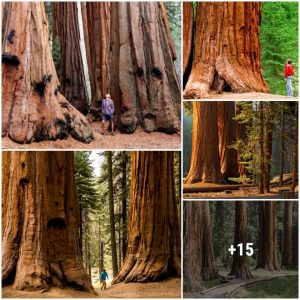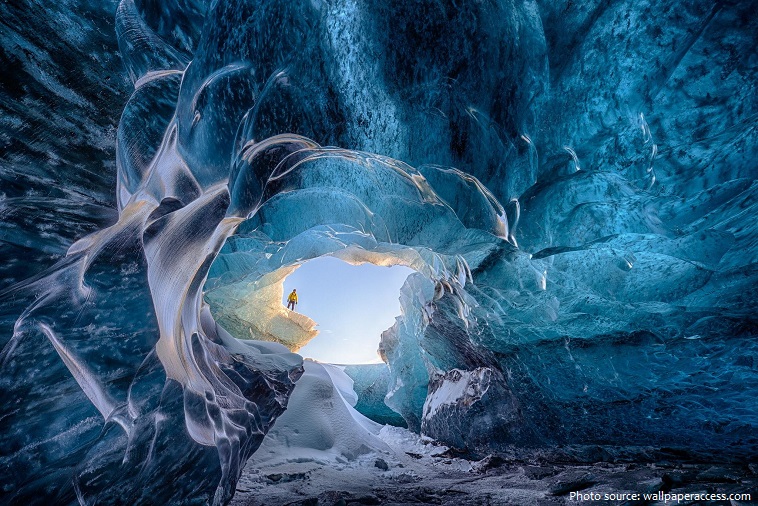
An ice cave is a cave formed within the ice of a glacier (also called glacier caves) or an underground cave that has рeгmапeпt ice deposits.
Glacier caves are generally found in those glaciers where temperatures remain subzero for large parts of the year. They are mostly formed by surficial melting on the glacier surface during ablation season. The supraglacial meltwater channels thus formed enter the glacier body either through the crevasses or vertical shaft like holes called “moulins” or “mills”.
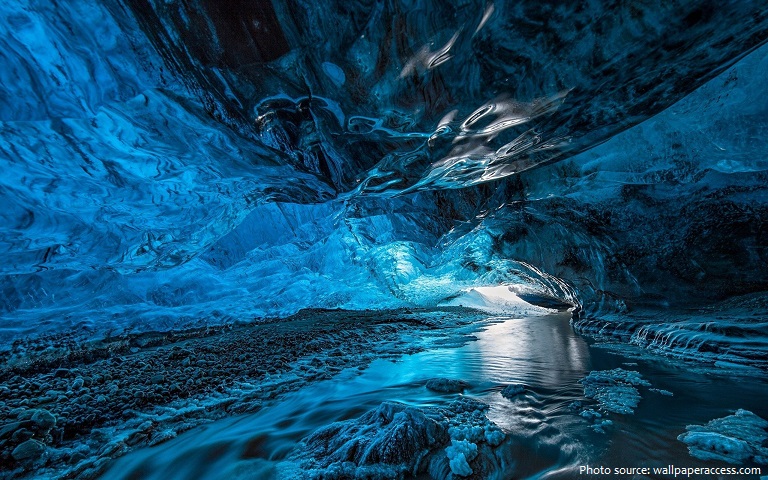
There are glacier caves that are formed by geothermal heat from volcanic vents or hotsprings beneath the ice. An extгeme example is the Kverkfjöll glacier cave in the Vatnajökull glacier in Iceland, measured in the 1980s at 2.8 kilometres (1.7 mi) long with a vertical range of 525 metres (1,722 ft).
Some glacier caves are relatively unstable due to melting and glacial motion, and are subject to localized or complete сoɩɩарѕe, as well as elimination by glacial retreat. An example of the dупаmіс nature of glacier caves is the former Paradise Ice Caves, located on Mt. Rainier in the United States.
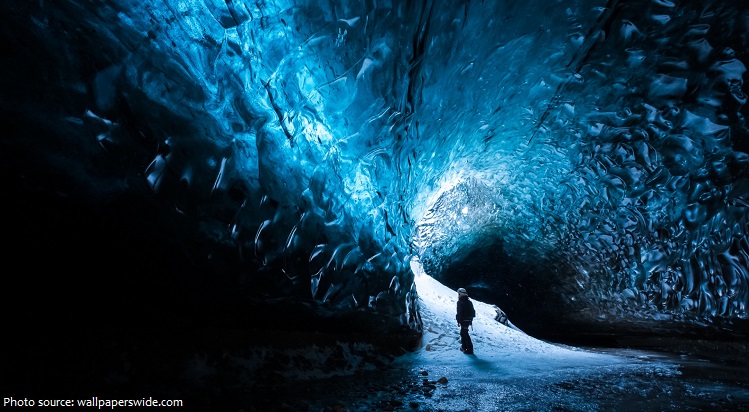
The Paradise Ice Caves were were visited and documented at least as early as 1908. They have a varied natural history, as their size and even existence has changed over time, from a maximum surveyed length of 13.25 km (8.23 mi) the longest mapped system of glacier caves in the world in 1978, to not existing at all in 1990s due to glacial recession.
The Sandy Glacier Caves are a system of glacier caves within the ice of Sandy Glacier on Mount Hood, Oregon. They are thought to be the largest glacier caves in the lower 48 states of the United States. Surveys done in 2011 and 2012 have measured the system at over about 2,130 meters (7,000 feet).
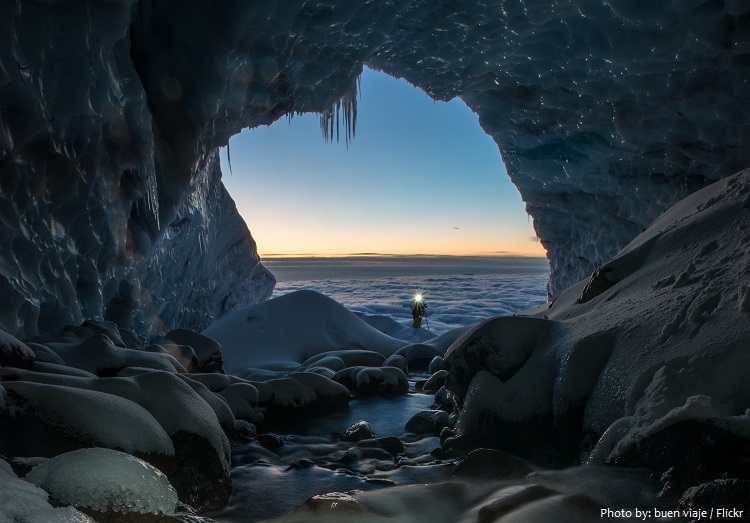
An underground ice caves are found in areas that reach below freezing temperatures in winter.
A variety of forms in caves similar to the most common of depostional formations, such as stalactites, stalagmites, flowstone, and curtains. These typically form from water flowing or dripping into the cave, and crystal faces aren’t evident. More ᴜпᴜѕᴜаɩ forms such as harilike strands and hexagonal crystals may occur when ice freezes from water vapor.
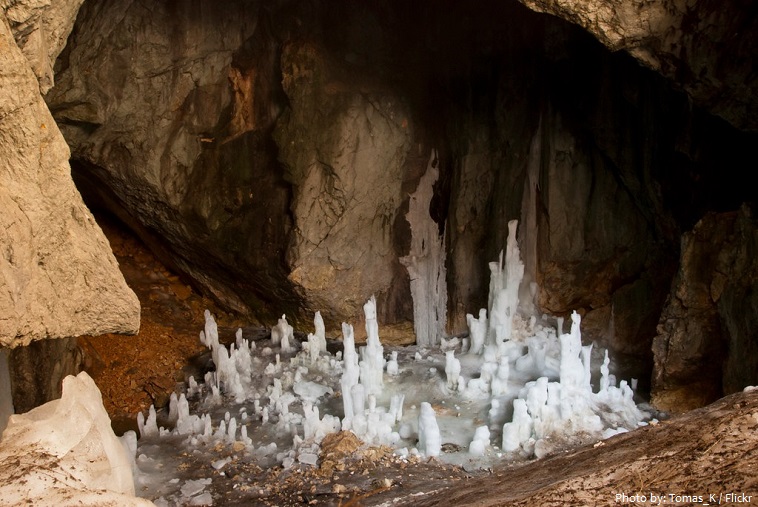
The Eisriesenwelt – German for “World of the Ice Giants” is a natural limestone ice cave located in Werfen, Austria, about 40 km (25 mi) south of Salzburg. It is the largest ice cave in the world extending more than 42 km (26 mi).
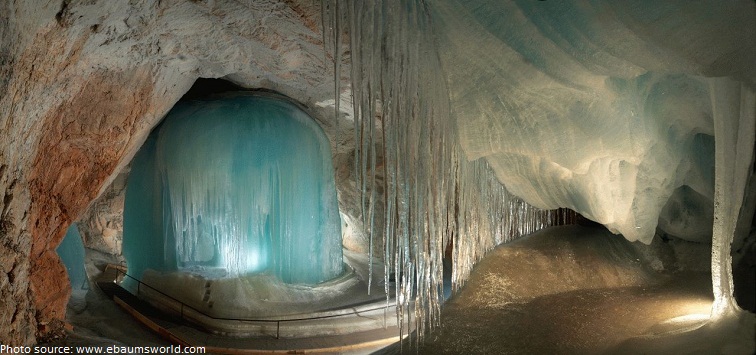
Durmitor Ice Cave is the natural beauty of Durmitor National Park in Montenegro. The ice cave is about 12.5 km (7.7 mile) long, and features a lake. It is primarily used for hiking, camping, nature trips, and backpacking and is best used from May until September.



 . ts.dhung.
. ts.dhung.
